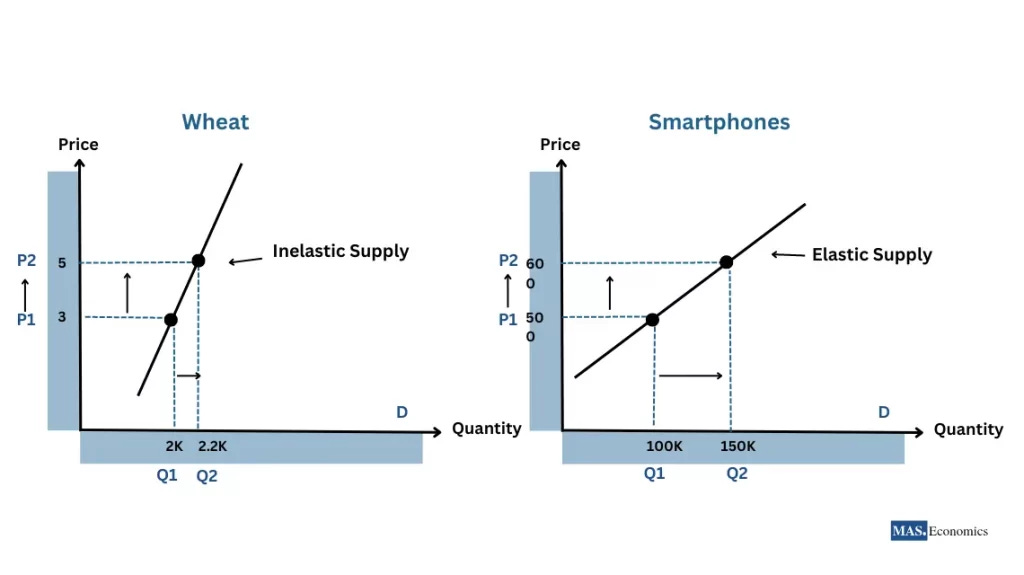The Elasticity of Software
Elasticity is a way of measuring the change in one variable at a different point in the price curve relative to the change of another (first derivative) in economics
Software has been getting cheaper, much cheaper, for a very long time. Interestingly, even as moats disappear, because the software got cheaper the demand goes up. Potentially way up for certain kinds of software. The Total Addressable Market (TAM) for that software increase, potentially more than any value being destroyed by the price compression.
Software has all sorts of inputs for cost - development cost, server cost, CAC.
Server cost is always trending towards zero, with most of the cost now being due to compliance in the big clouds + reliability (SOC2, HIPPA, redundancy - you can get much much cheaper servers if you don’t need these things with bare metal services). Development cost has sort of a stepwise reduction in cost, where every few years new frameworks come out that make it cheaper for software developers to do their jobs. CAC (marketing and sales is relatively fixed, but does decrease too). We just get better at building the products that people want.
LLMs fall on the stepwise curve, probably closer to the efficiency gains of something like Ruby on Rails, Django, and Flask which opened the market to much less experienced programmers creating advanced software. This is how both Coinbase and Airbnb started in the early 2010s - some hackers discovered rails and applied it to some interesting (and at the time niche) ideas that grew to be massive companies. It wouldn’t have happened if a single programmer couldn’t prototype the MVP for a product like that in a few months.
Today LLMs are roughly the same, but they open the surface area for who can do that initial work. They likely reduce development costs 3-5x if you’re smart about it - making MANY more product feasible to add to the market, overall increasing the TAM of software (and competition).


